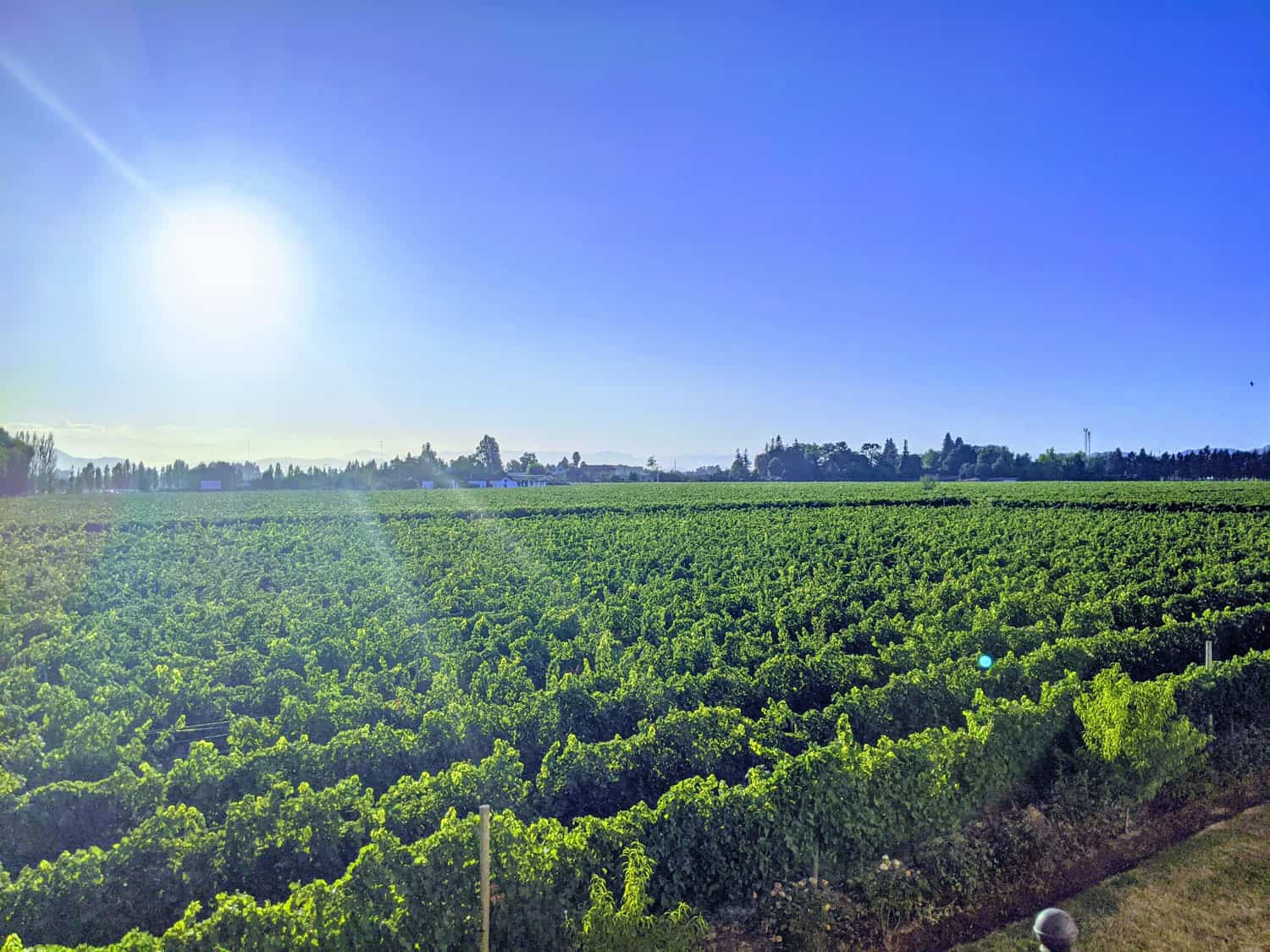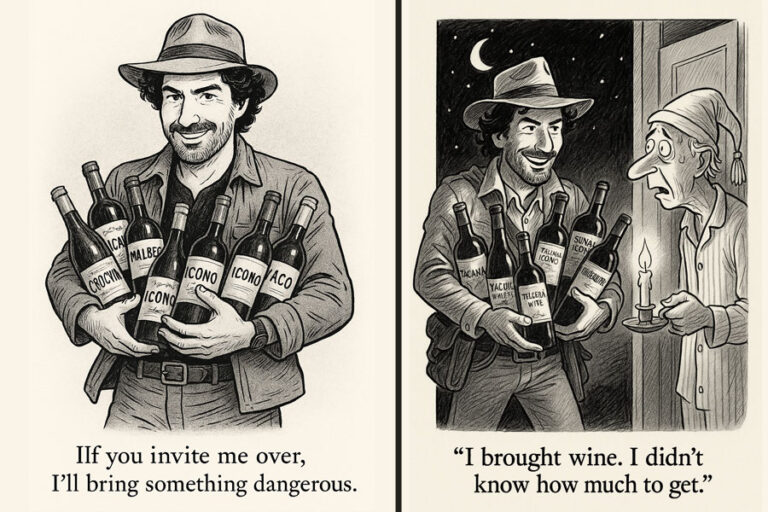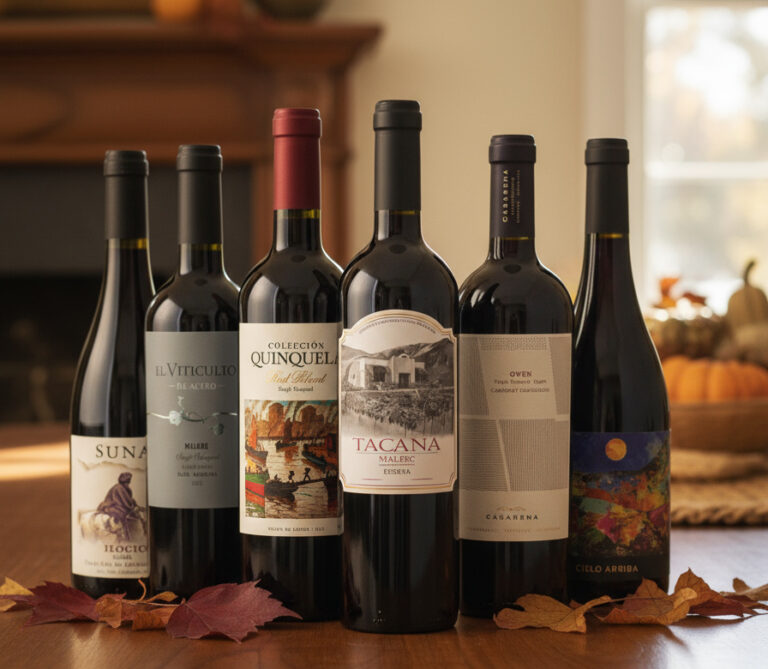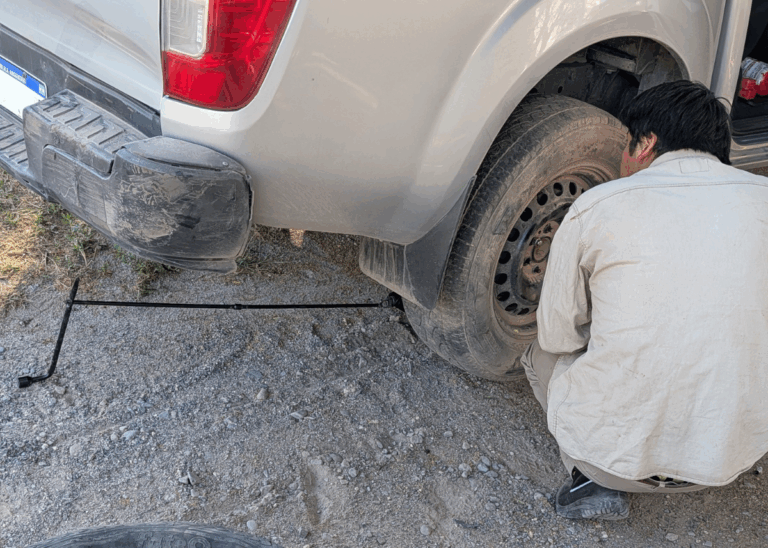[et_pb_section fb_built=”1″ admin_label=”section” _builder_version=”3.22.3″][et_pb_row admin_label=”row” _builder_version=”3.25″ background_size=”initial” background_position=”top_left” background_repeat=”repeat”][et_pb_column type=”4_4″ _builder_version=”3.25″ custom_padding=”|||” custom_padding__hover=”|||”][et_pb_text _builder_version=”4.3.2″]
This week, we write to you from London’s Shard (a skyscraper in central London that looks like a shard of glass), where we’re enjoying a glass of Bollinger (named official supplier to the Royal Court in 1884)…
[/et_pb_text][et_pb_image src=”https://bonnerprivatewines.com/wp-content/uploads/2020/03/Champagne-London.png” align=”center” _builder_version=”4.3.2″ width=”90%”][/et_pb_image][et_pb_text _builder_version=”4.3.2″]
Sipping champagne while enjoying the view of London
But the real subject of this week’s missive lies many thousands of miles away – in Chile, where Diego recently went on a fact-finding mission during the run up to the harvest (which is only weeks away).
As we told you in last week’s issue, Chile’s massive wineries outside Santiago have given it the reputation for favoring quantity over quality.
But venture a few hours to the south, where winds blow in from the Pacific to mitigate the extreme effects of a harsh sun, and the picture changes entirely.
More on that in a moment… The world of wine can be a tricky one to navigate. There are literally thousands of terms describing the different wine regions, grapes, winemaking processes, aromas, and flavors found around the world. In the first of a new series of videos, our resident wine expert, Julien Miquel, takes us on a whistlestop tour of the main European wines… including one you’ve probably never even heard of (Hint: It is the grape used to make Barolo.)
[/et_pb_text][et_pb_video src=”https://www.youtube.com/watch?v=zH85Ra36Ryg&feature=youtu.be” module_id=”video” _builder_version=”4.3.2″ width=”75%” module_alignment=”center”][/et_pb_video][et_pb_text _builder_version=”4.3.2″]
Mountain Wineries of Chile (continued)
Recently, our wine explorer, Diego, visited the Colchagua Valley, two hours south of Santiago, where he discovered – among other things – a grape presumed to be merlot until the 1990s, when it was discovered to be carménère, one of Bordeaux’s lost varietals… as well as several excellent wineries, one of which was buried into a mountainside, with six floors underground!
The latter, Casa Lapostolle, was undoubtedly one of the highlights of Diego’s excursion.
He reports: “Founded in 1994 by Alexandra Marnier-Lapostolle, it is one of the nicest wineries I have ever visited. The facility is buried into the side of a mountain, going six floors down. It is almost completely invisible to the outside.”
[/et_pb_text][et_pb_image src=”https://bonnerprivatewines.com/wp-content/uploads/2020/03/Casa-Lapostalle.jpg” align=”center” _builder_version=”4.3.2″ width=”85%”][/et_pb_image][et_pb_text _builder_version=”4.3.2″]
Six floors under a mountain
If the name “Marnier” sounds familiar, it is because Alexandra’s great-grandfather created Grand Marnier. She grew up literally surrounded by wine at the Château de Sancerre. Sancerre is, of course, known for its whites. When Alexandra wanted to expand into reds, she went searching for the right terroir, finding it not in Bordeaux, as many expected, but in Apalta, Chile.
There, she found not only pre-phylloxera vines from Bordeaux (like the carménère we mentioned last week), but also a dry, harsh environment, not unlike the high-elevation terroirs of Argentina (though at considerably lower altitude).
Wildfires similar to those in California (the topography is remarkably similar) ravaged the area in the 2010s. Yet Lapostolle sprung back quickly, releasing a 100-point wine in 2015 (Diego: “There’s hope, promise even, for Australia then.”)
[/et_pb_text][et_pb_image src=”https://bonnerprivatewines.com/wp-content/uploads/2020/03/Lapostalle-Cellar.jpg” align=”center” _builder_version=”4.3.2″ width=”85%”][/et_pb_image][et_pb_text _builder_version=”4.3.2″]
Lapostolle’s cellar, which descends underneath a glass table in their boardroom
Diego had occasion to taste their superstar wine, Clos Apalta, a blend made with the aforementioned carménère, describing it as a “wine for hedonists.” As head winemaker Jacques Begarie put it to Diego: “When I first came to Apalta, it struck me – unique geography and climate, and old vines that are not grafted. The potential that lay hidden in this incredible place came to reality with the creation of Clos Apalta.”
When we tried to track it down in the US, we only found a single supplier in New York state. Sadly, he only had the 2008 and 2010 vintages, not the acclaimed 2015. The price was $90 a bottle!
But Lapostolle can’t take all the credit for turning Chile’s wineries away from mere quantity and towards quality, fine wines.
One could argue that, in the Colchagua Valley at least, Laura Hartwig came first. Diego actually stayed at the Hartwig winery itself, smack dab in the middle of the vineyard. With the harvest coming up, he observed that the envero stage – during which the berries start changing color and ripening – was coming to an end. From there, the winemaker has only 40 to 50 days to prepare for la cosecha (harvest in Spanish).
[/et_pb_text][et_pb_image src=”https://bonnerprivatewines.com/wp-content/uploads/2020/03/Vines-Laura-Hartwig.jpg” align=”center” _builder_version=”4.3.2″ width=”85%”][/et_pb_image][et_pb_text _builder_version=”4.3.2″]
The vines at Laura Hartwig
A family-owned bodega established 25 years ago, Laura Hartwig has its own acclaimed carménère blend. But Diego felt that the star of the show was actually Hartwig’s Petit Verdot.
Reports Diego: “We tried all of their wines. But the novelty was their Petit Verdot! This is a grape that’s usually used in blends. But in this case, it was used as a single varietal. When we talked to the winemakers, they explained that due to the valley’s warm climate, the grape ripens differently, making a smooth, full-bodied red.”
[/et_pb_text][et_pb_image src=”https://bonnerprivatewines.com/wp-content/uploads/2020/03/Hartwig-Verdot.jpg” align=”center” _builder_version=”4.3.2″ width=”75%”][/et_pb_image][et_pb_text _builder_version=”4.3.2″]
Hartwig’s Petit Verdot
We’re going to keep probing for contacts like these in Chile. While not quite at the level of the extreme-altitude vineyards in Argentina yet, it’s surely a region to watch.
Until next week,
The Wine Explorer
[/et_pb_text][/et_pb_column][/et_pb_row][/et_pb_section]




